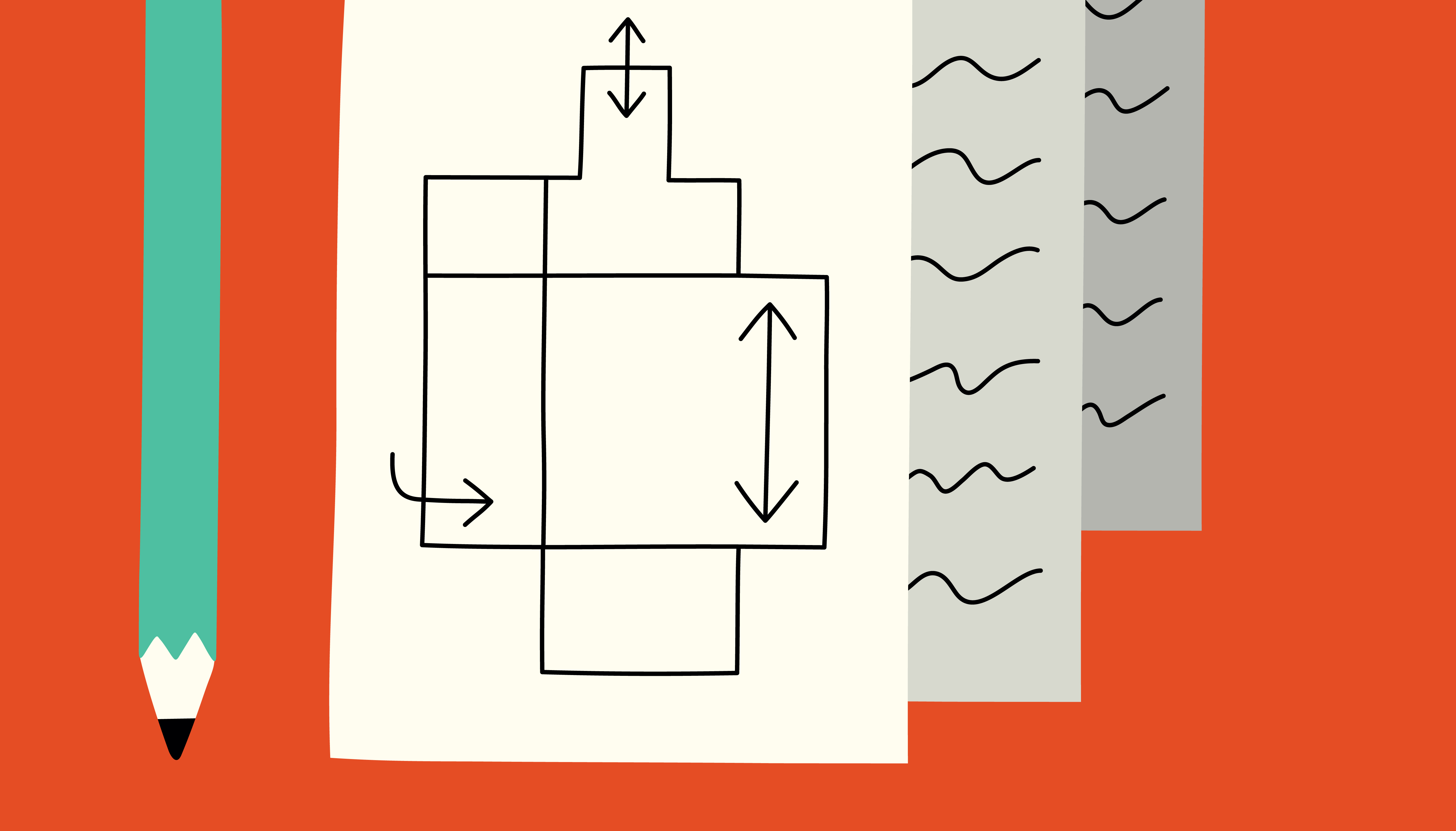Many are the exhibitions that sought to imagine an alternative to the consolidated development of a certain spatial phenomenon. A few examples touching different aspects of the field can give us an idea of the variety of occasions for reflection that this approach can offer. Roma Interrotta, organized by the then mayor of Rome Giulio Carlo Argan in 1978, worked at the urban scale, radically questioning the modern urban development of the capital of Italy. Das Ideale Museum curated by Heinrich Klotz at Documenta 8 in 1987 reflected on a specific building typology, the Museum, in the light of then “much-discussed decline of the utopian” and the relationship between art, the market and its containers (see Stefaan Vervoort, Schizophrenia, Myth and Museum. Architecture at documenta 8 (1987) in OASE #88 Exhibitions - Showing and Producing Architecture, 2012). White House Redux, curated by Joseph Grima at the Storefront for Art and Architecture during the presidential campaign of 2008, focused instead on a single building, calling for alternative designs for “the residence of the most powerful individual in the world” as stated in the brief.
“Strada Novissima” in The Presence of the Past, First International Architecture Exhibition (Venice: Edizioni La Biennale di Venezia, 1980).
Aaron Levy and William Menking in conversation with Paolo Portoghesi in Architecture on Display: On the History of the Venice Biennale of Architecture (London: AA Publications, 2010).
Social housing in an evolving urban realm was the theme of IBA exhibitions. Tall buildings was the theme of the Vertical City exhibition, and interior spaces was the theme of the Horizontal City exhibition, both at the 2017 Chicago Architecture Biennale.
The Chicago Tribune competition of 1922 was reenacted first with The Late Entries to the Chicago Tribune Competition, curated by Stanley Tigerman, Stuart E. Cohen and Rhona Hoffman in 1980, then in the Vertical City exhibition at the 2017 Chicago Architecture Biennial, Make New History, curated by Sharon Johnston and Mark Lee.
Vittorio Gregotti, from the catalog A proposito del Mulino Stucky, Alfieri, Milan 1975.
Jean-Louis Cohen, Exhibitionist Revisionism: Exposing Architectural History, in Journal of the Society of Architectural Historians 58, 3 (Sept. 1999): 316–325.
Francesco Dal Co, “To Exhibit, to Display, and to Put on Show,” in Sergio Polano ed. Mostrare: Exhibition Design in Italy from the Twenties to the Eighties (Milan: Edizioni Lybria Immagine, 1988).
